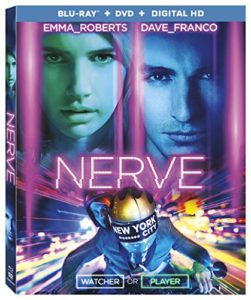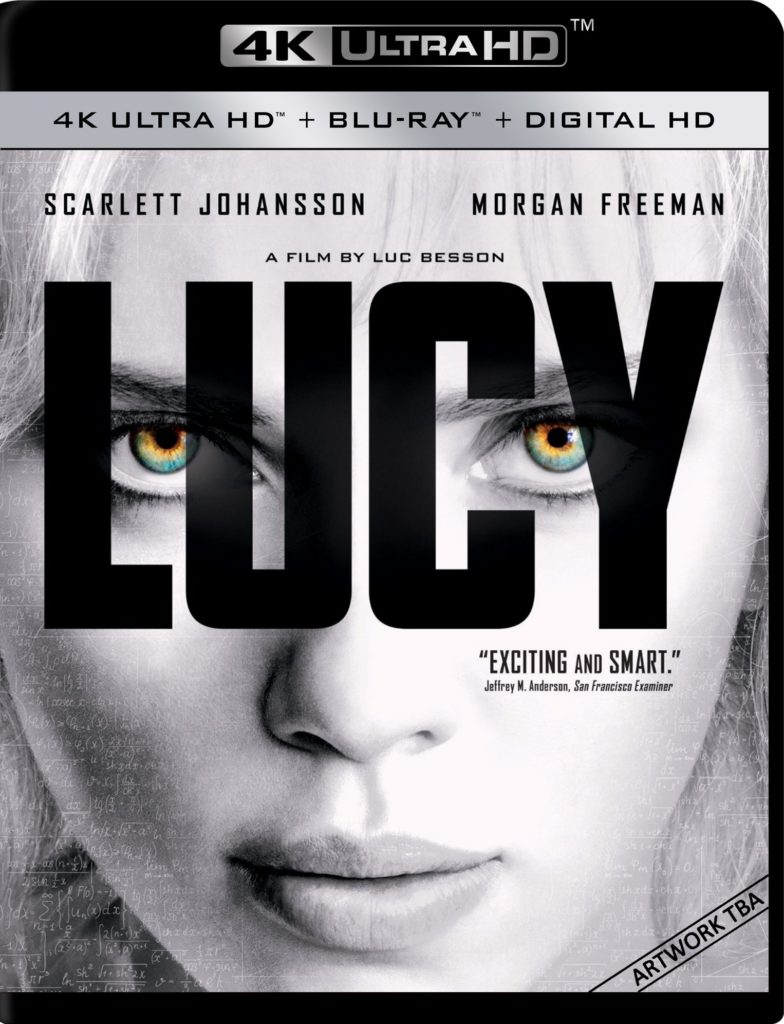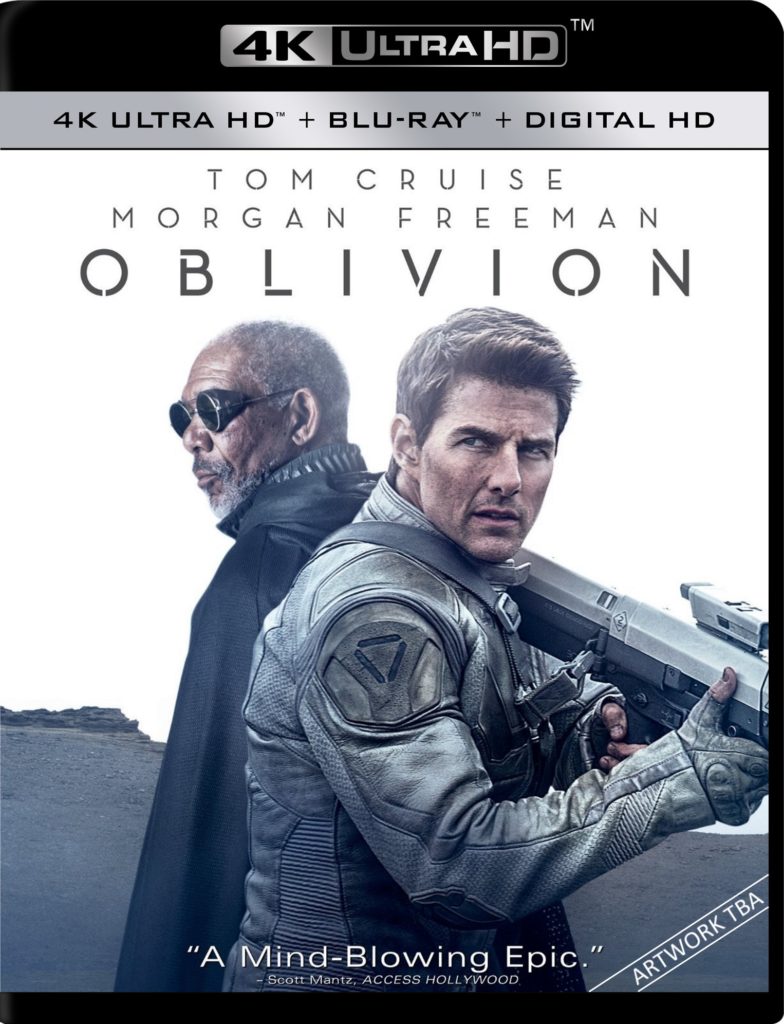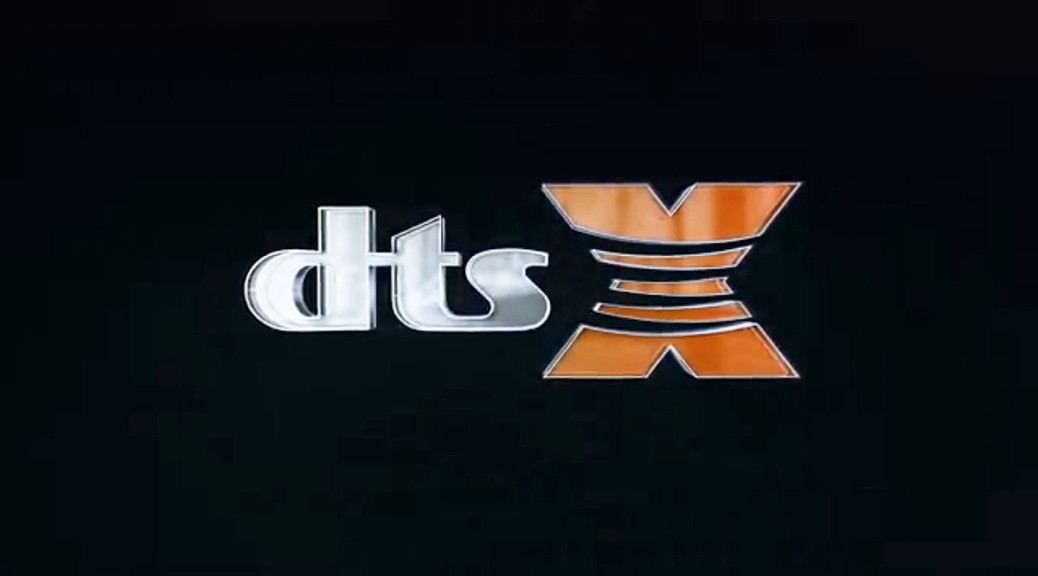It is finally here. DTS:X, announced on December 31st 2014 and then delayed and delayed and delayed, has finally landed in our home theaters. Or at least for those who are lucky enough to have a Denon and Marantz receiver that already received the update. Because as of right now, there is no official date from the other receiver vendors (Yamaha said March, but no specific timeline yet while Onkyo/Pioneer are still very extremely quiet).
I did the DTS:X update to my Marantz SR-7010 as soon as the new format came out and spent a couple of hours experimenting with the new format and it’s up-mixer, Neural:X. I can say that the experience has been only positive.
Just so you know, my tests were conducted with a 7.2.4 layout in my dedicated home theater room, with a Top Front and Top Rear layout that has been installed according to Dolby’s recommendations for Dolby Atmos. An Emotiva XPA-5 powers my five main base layer speakers while the Marantz takes care of the surround backs and the four overhead speakers.
The first question I was asking myself when testing was of course if DTS:X would sound better or even any different from Dolby Atmos. I sampled both Ex Machina and American Ultra with their native DTS:X soundtracks. No surprise here : there is no obvious difference between DTS:X and Atmos over a 7.2.4 setup. I’m not sure the two movies used are great demo material for the format either, but some of the scenes in the opening for Ex Machina proved interesting from an ambiance perspective.
The second question for me was of course with the Neural:X up-mixer and how it compared to Dolby Surround. To test this, I started by being extremely impressed by the up-mixer with the DTS 2016 demo disc DTS Master Audio movie scenes. I don’t know if DTS had in mind to choose scenes that would work well with Neural:X but it was to the limit of asking myself if I should not lower the overhead speakers level.
Then the real tests begin. To test Neural:X against Dolby Surround, I used some material I watch often to compare audio changes, including the into to the first Hobbit movie and selected scenes from the bootleg edition of Almost Famous. I cannot say that I sensed a huge advantage to Neural:X compared to its Dolby counterpart, but it does offer a little bit more action in the overheads. I will happily use the new DTS up-mixer with any DTS based content and I would not regret Dolby Surround at all. The other advantage for Neural:X is with Front Wides in a 9.2.2 configuration, as they are not used by Dolby’s up-mixer.
In the end, I tend to say that the arrival of DTS:X has one main advantage : it should allow us to get even more object based mixes coming from studios. I’m really curious to see which format will be more present on Ultra HD Blu-ray. The format started with a lot of Atmos titles and only one movie in DTS:X, but I’m wondering if this is going to change over the next months as DTS:X becomes available in more receivers.
























